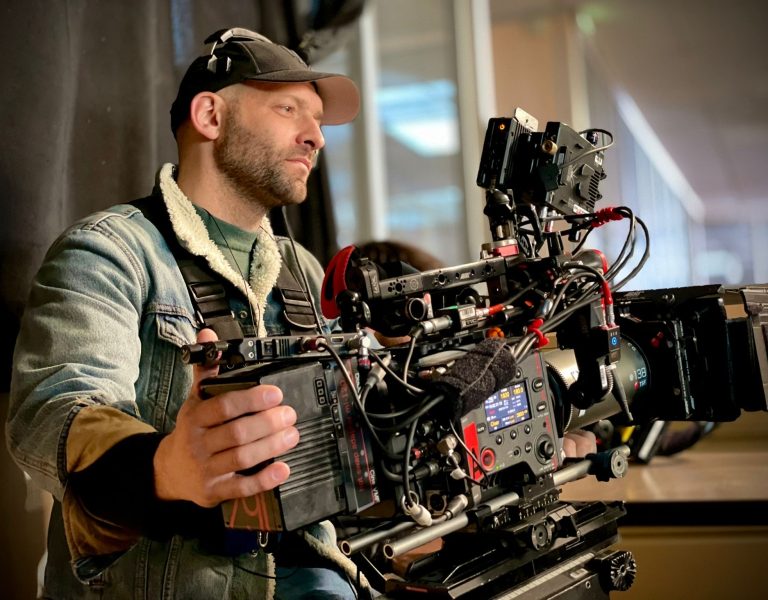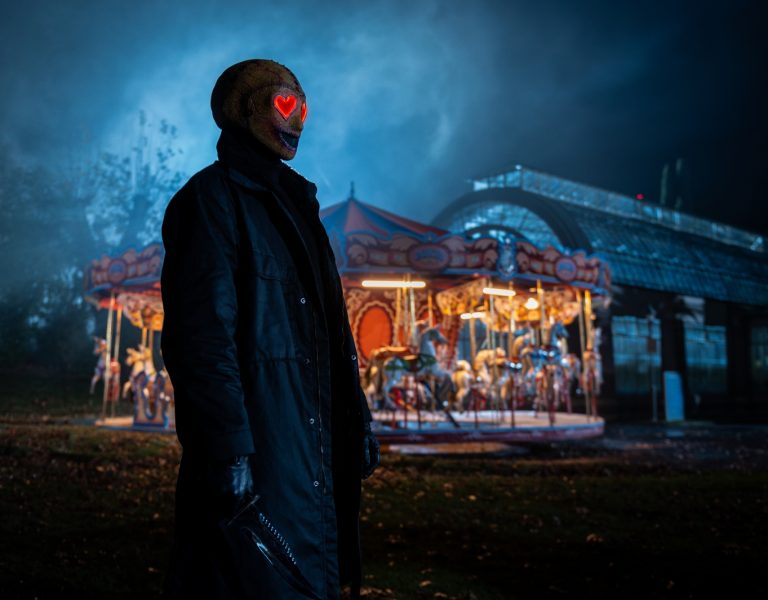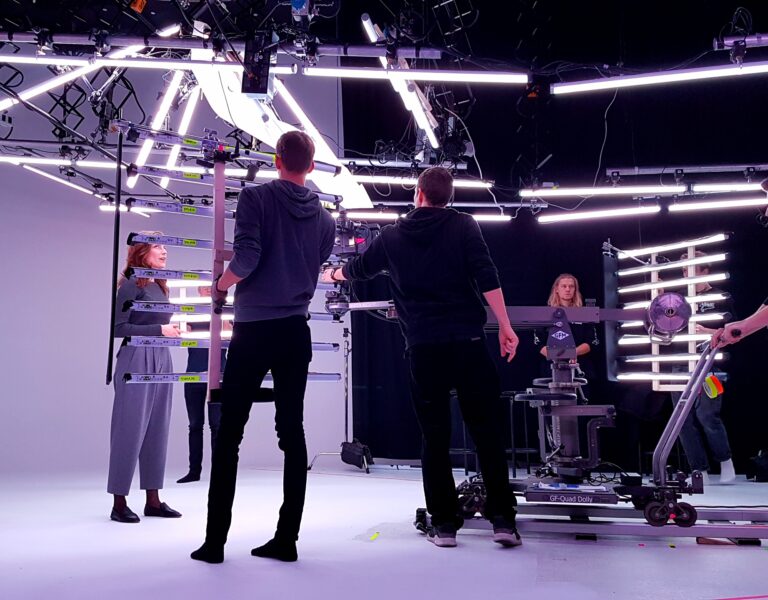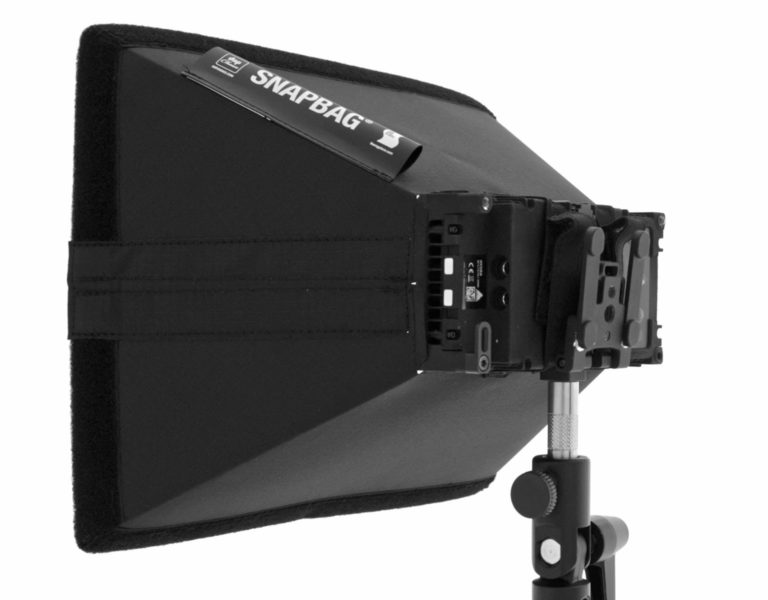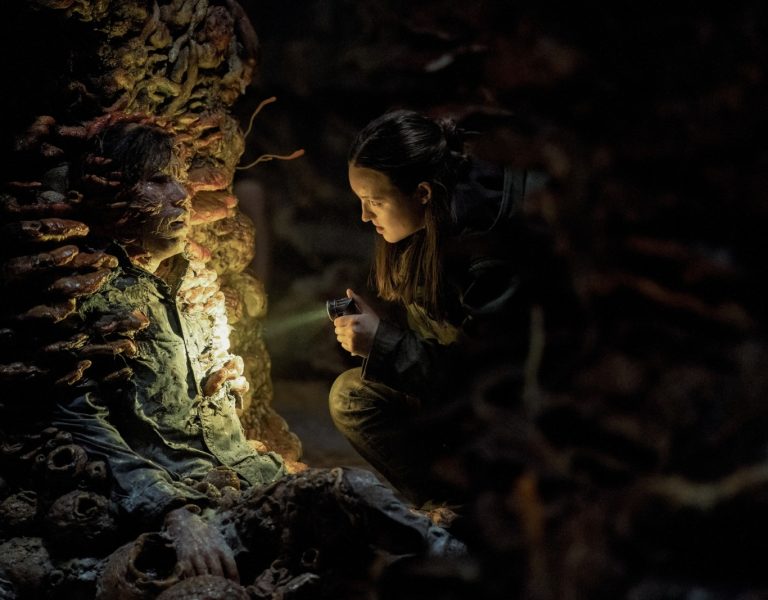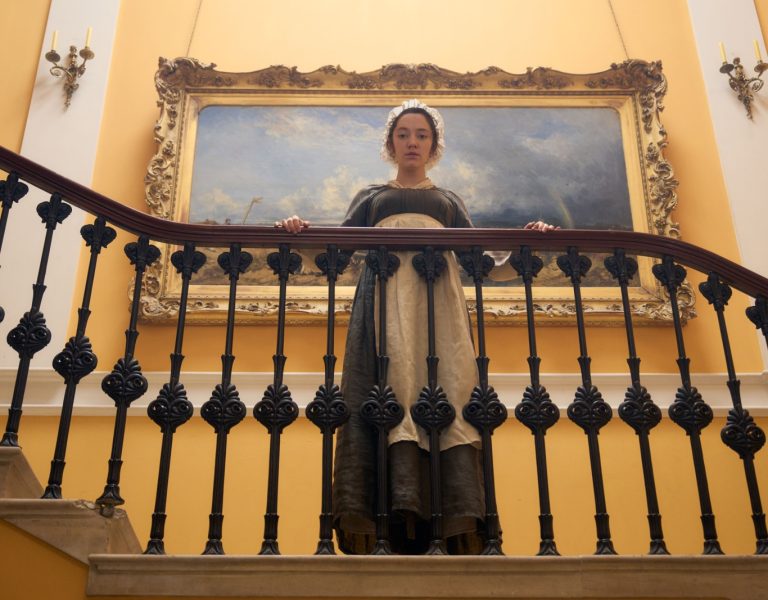Staying on the forward cusp of new technology is essential, says gaffer Justin Stroh. He shares insight from his 27-year career, the tools that allow him the freedom to create, and the gaffer-cinematographer collaborations he has enjoyed.
“I am gaffer,” Justin Stroh posted on Instagram. “I lead a band of misfit artisans proficient in the art of making dreams come true. Pulling rabbits out of places rabbits shouldn’t be.”
It’s a shorthand job description with which any lighting team would agree. Stroh’s credits over a 27-year career include (as electrician) Magnolia, Master & Commander: The Far Side of the World, Nip/Tuck and (as gaffer), Snowfall, Glee and Muppets Haunted Mansion.
“We are all creative individuals – grips to lighting to camera – who somehow find our way working in the same circus,” he elaborated to British Cinematographer. “Perhaps what we have in common is that we’re free thinking, we don’t conform but we come together and somehow learn to speak the same language.”
A trait common to the best gaffers is an ability to understand what their cinematographer wants and to direct their team to make it happen.
“My job is to manage people, equipment and time – the most valuable commodities on set,” Stroh says. “My crew has to trust that I’m not going to make them run around in circles, chasing their tail.
“While you’re having that conversation with the DP, there’s a whole Rolodex of stuff going through your head that you have to be able to communicate to your crew and find a technical solution for.
“That’s why Astera is the first tool I reach for. Astera products are rock solid. They answer the call every time I need to control them.”
Consequently, it’s imperative to stay on the forward cusp of new technology.
“I have a foot in the old world where it was heavy wire, heavy lights and hot lights. Now we’re working with highly sophisticated technology and it’s on us to keep level with the direction and pace that the industry is moving in.
“Lighting technology to me should be something that is as routine as putting your socks on in the morning. You have to know it. Lighting fixtures are becoming more and more complex and the demand for knowledgeable tech savvy gaffers and operators is increasingly more important.”
The first time Stroh implemented Astera was on the first season of CBS sitcom The Unicorn.
“I was working with a very colour-centric DP in Craig Kief ASC,” he explains. “He was pro-technology and well versed in the art of LED lighting. We started incorporating Astera primarily because the Titan engine was opening up the world outside of just having an RGB device. Gifting us a tunable and correctable white light really distinguished Astera from some of the other manufacturers whose equipment was time consuming, hot and heavy.
“If you didn’t like something or wanted to try something out then using an Astera meant you could do that, no problem. It’s been a learning curve for myself and for our programmers because there’s so much that goes into understanding how to manipulate light but the results speak for themselves.”
Astera found a permanent home in Stroh’s arsenal when he started working with cinematographer Anthony Vietro (Animal Kingdom).
“He’s someone who really embraced the options that technology gives. He knows what he needs and trusts me to find a solution for that which is invariably an Astera because it gives me the freedom to create.”
Colour as contrast
In 2022, Vietro and Stroh joined successful crime drama Criminal Minds: Evolution, its 16th season and the first for Paramount+, continuing together on the show’s 17th run a year later.
“Instead of rebooting the show back to square one the main goal was a continuation with the same cast but a different time period and look. That re-envisioning gave us a lot of latitude. We didn’t have to retain the legacy lighting model which was geared towards hot lights. We were able to come in and apply our own polish.”
Stroh says that he and Vietro “view colour as our contrast” and want the option of changing colour quickly. “There was some reimagining to do with the set rigging and production design teams in order to give us the flexibility to use our Titan Tubes or Helios Tubes, HydraPanels or NYX Bulbs.”
Powered by the Titan LED Engine, the HydraPanel delivers a remarkable 1300 Lumen output, even when operating on battery power alone.
Stroh describes discovering the unit as a “little unexpected surprise”.
“When I saw HydraPanel I knew I had to have it but I didn’t know how I was going to use it. I really didn’t know if I was going to be able to justify owning them but now I own two 4x HydraPanel kits which get 70 per cent utilisation almost every day. The HydraPanel being battery operated is a really critical thing for us. I don’t have wireless communication issues with Astera which is super important. They are now the MVP of my arsenal along with PixelBricks.”
The PlutoFresnel is another battery powered fixture with an impressive output comparable to a traditional 300W Tungsten Fresnel while consuming only 80W. It’s used on Criminal Minds and part of Stroh’s lighting cart, alongside the LeoFresnel which delivers a 1000W equivalent Tungsten Fresnel output. Both feature a beam angle of 15° to 60° offering wireless and wired DMX control.
“Those are definitely some of my star players,” Stroh says. “Having the ability to use an LED fixture with the full spectrum that we want combined with the quality of a Fresnel and a beam that is shapable and still got an edge to it. I find that my PlutoFresnel is instrumental for night work and any time when I need to get some distance and throw and shape. I use it in places as unassuming as a bounce over a camera or a projected light through the back of a windshield.”
Tactile, cause and effect
Stroh remembers volunteering for theatre at school and being introduced to his first Fresnel. After high school he travelled with a band who were responsible for their own staging. He then paid his way through college by working for a lighting company: “Hanging a 52-can light show every weekend so I could make my grocery money.”
It’s also where he began to appreciate lighting “because it was tactile. It was cause and effect.”
After graduation he worked at a rental house which set him on course for filmmaking. By the mid-90s he was learning the trade on the sets of Stuart Little, Magnolia, Gods and Monsters and American Pie.
“When you’re a young electrician it’s like coming to a foreign land and hearing the language. You don’t know what it means but you start to understand the grammar and the syntax that allows you to become more a part of that collective.”
It wasn’t until the early 2000s that he felt he’d gained sufficient confidence to interact with DPs. His first credit as gaffer was on sports drama Hit the Floor (2013) thanks to DP Christopher Baffa whom Stroh had met a decade earlier on Nip/Tuck and later collaborated with on multiple episodes of comedy musical Glee.
“My advice to anyone wanting to be a chief lighting technician is to get your hands on the technology,” he urges. “Use every moment that you have available to learn about the kit you want to become proficient at. If you don’t understand the equipment you can’t hope to communicate to your crew or to your programmers how you want them to use it.
“Like I tell the lighting crew, ‘We’re on day exterior. You have eight hours before we go to night. If you don’t understand how that fixture works, take it off set, turn it on, turn it off and mess around with the settings until you do’. That’s because, at some point, there’s going to be wireless comms failure and at that point I’m going to say, ‘Put that in manual mode and give me a hue of 160 at 50 per cent saturation’. You need to be able to do that.”
Aside from equipment and education there’s also the politics of being a department head. “We are all coming together to create a product,” Stroh says. “We are on the assembly line and being able to work efficiently and effectively with other department heads is vital.
“Someone recently posted a question on one of the news groups: How do you have a conversation with the DP you can’t get a hold of? My response is: You don’t need permission to have a conversation with someone about the job you’re on.
“Don’t be afraid to ask the question or to interject yourself – appropriately – into the right conversation so that you can understand what your director and DP are looking for. If you don’t have that conversation, then you’re just going in blind and throwing stuff against the wall, hoping something sticks.
“It will take time to learn. You’re always learning and always growing and hopefully becoming better at what you do.”
Of all the projects he has worked on throughout a storied career there are a couple Stroh immediately jumps to when pushed to choose. The first is Jurassic Park 3 (2001) because of DP Shelly Johnson ASC with whom he previously made NBC sci-fi show The Others (2000).
“That is a favorite because of the way Shelly worked. He would chart his sets, plotting exactly where lights would go and he’d know immediately if one wasn’t quite where he wanted. It was amazing to me that he could see that just walking onto set. I always appreciated his approach and his lighting style.”
The second is Life of Pi (2012), on which Stroh had more of a behind-the-scenes role as rigging electric but recalls it as a “massive undertaking in a foreign land”.
Extensive scenes were shot by Claudio Miranda ASC ACC at a giant wave tank built by the production in an abandoned airport in Taiwan. “Learning how to do our job in such a challenging environment was an integral part of my education.
“My favourite time right now is what I’m doing with Vietro on Criminal Minds because I’m afforded a pretty generous helping of freedom. I feel like I’m in sync with the production and with my DP and I’m having the best time of my gaffing life.”



